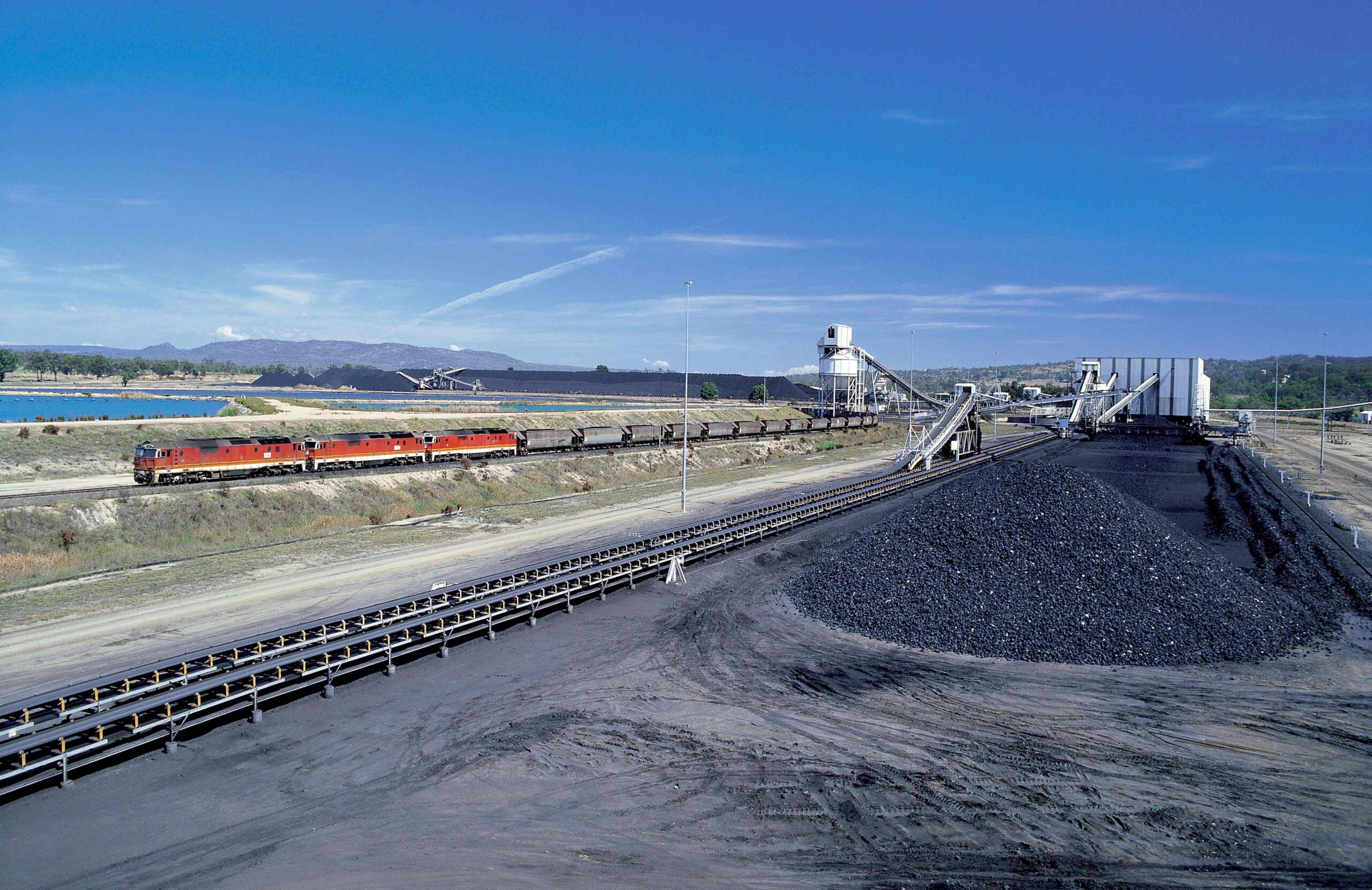

Guizhou in Southwest China, as identified by Beijing as a core coal and power supply base for the country, targets to raise its coal capacity to 250 million tonnes/year by 2025 so as to provide steady energy supply to the province and those in the southern region, according to recent guidance released by the province’s Energy Administration.
To achieve the final target, Guizhou will add 20 million t/y of coal capacity on average annually over the 14th Five-Year Plan period over 2021-2025, ascertaining the average capacity of each local coal mine to be at and above 600,000 t/y for higher efficiency and meeting industrial advance standards, according to the administration.
By 2025, washing capacity will be matching to guarantee the full processing of all the raw coal mined in Guizhou to curtail pollution while expanding its coal capacity, the governing body shared, which will be higher than the national washing rate at over 85% by the same year, as requested by China’s National Coal Association.
Guizhou, China’s fifth coal mining province and the largest in the country’s southern region and with rich energy resources including both coal and hydro power, will transmit 86 billion kWh/year to its neighbouring provinces including 50 billion kWh/y to South China’s Guangdong province over 2021-2025 on top of its annual power consumption at 232 billion kWh/y, according to the guidance.
To satisfy the needs, Guizhou’s total installed power generating capacity will be expanded to 101 million kW by 2025 from 70 million kW, among which 57% will be fuelled by non-fossil sources, Guizhou Energy Administration noted.
Last year, Guizhou produced 119.4 million tonnes of raw coal for all utilization, or 3% of the country’s total, and it generated 217.4 billion kWh power last year, also 3% of the country’s total with 61% being thermal power, or below the country’s average at 71%, according to official data.
Over 2016-2020, the province permanently closed 477 coal mines, or scrapping outdated capacity by 74.3 million t/y including all those with capacities at or lower than 300,000 t/y, Guizhou Energy Administration noted.
Source: Sean Xie & Hongmei Li, Mysteel, mysteel.net
Follow on Twitter:
[tfws username=”MysteelGlobal” height=”700″ width=”350″ theme=”light” color=”#FAB81E” tweets=”2″ header=”yes” footer=”yes” borders=”yes” scrollbar=”yes” background=”yes”]













